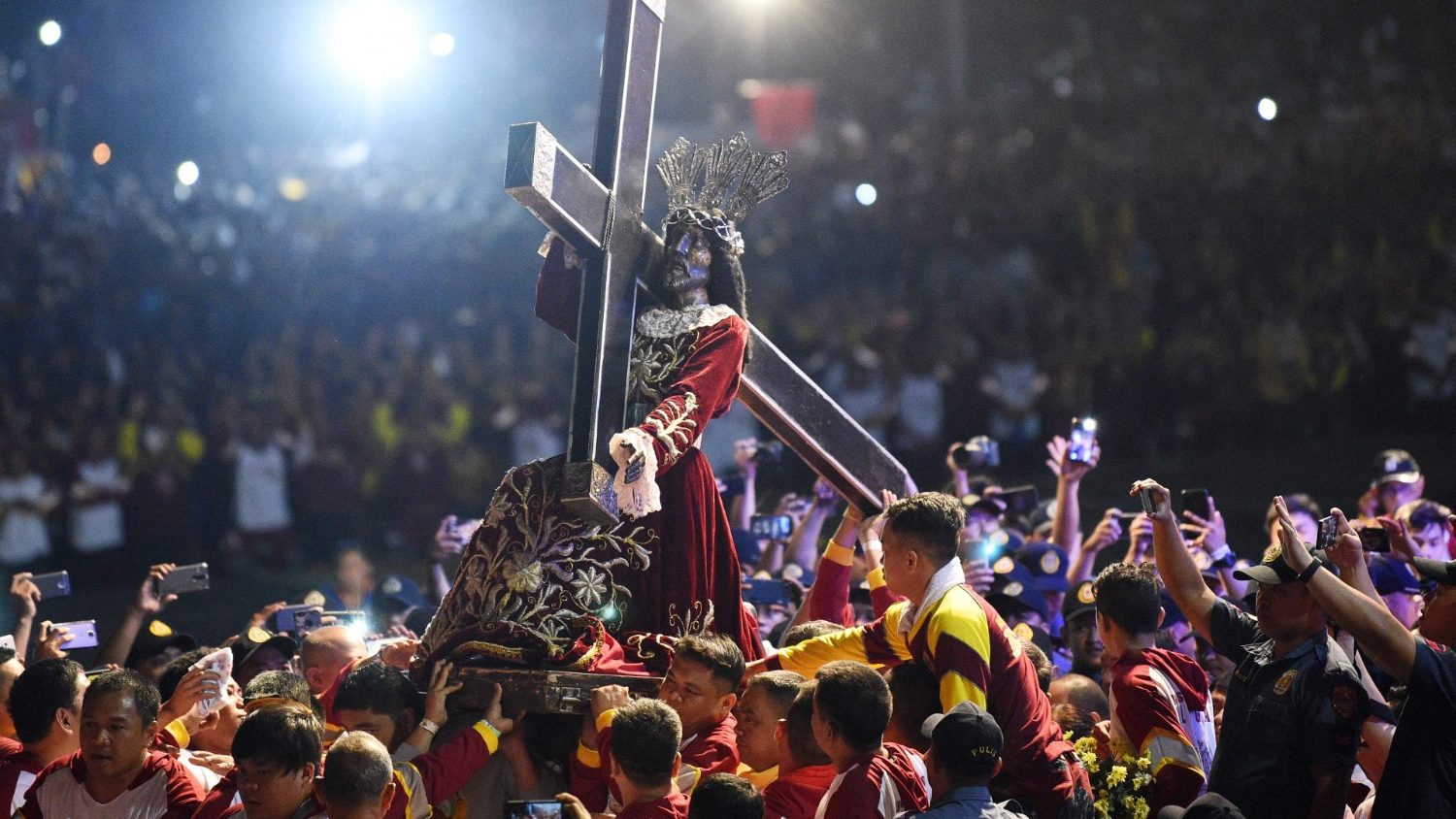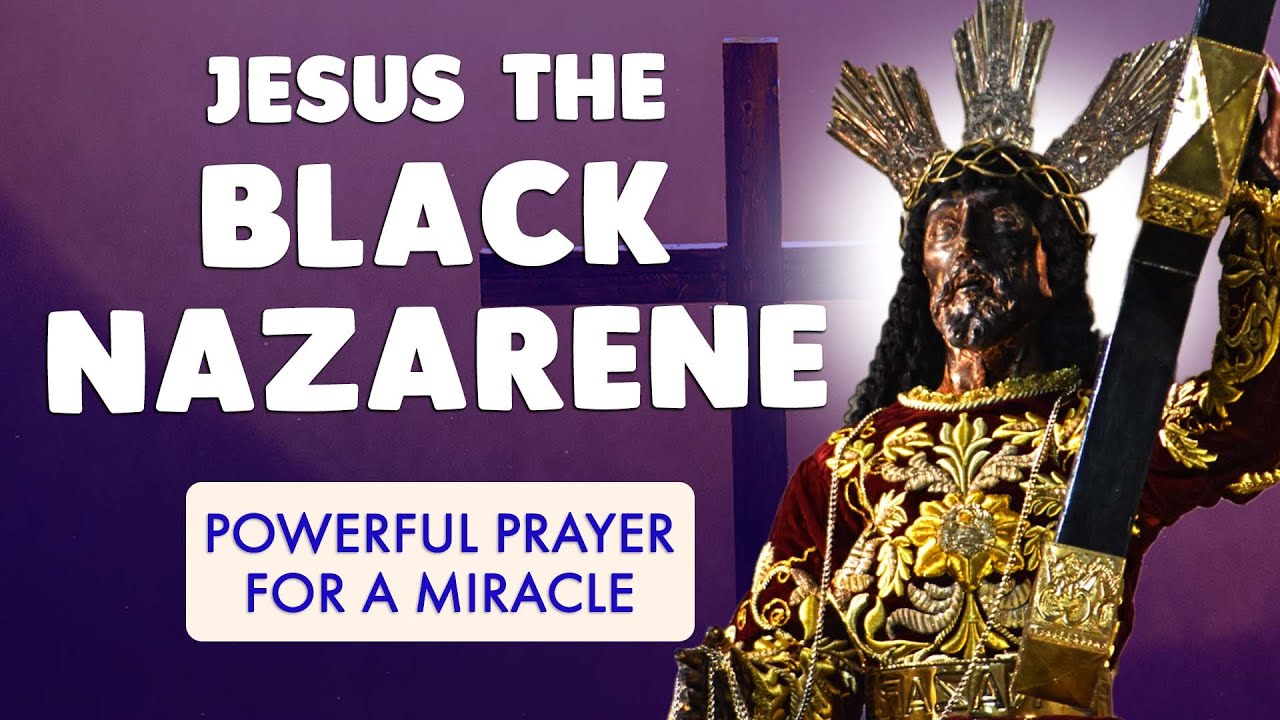Embarking on a journey into the heart of faith, the Black Nazarene stands as a profound symbol of devotion, drawing millions into its sacred embrace. In this exploration, we unravel the historical tapestry surrounding this revered religious figure, delving into its origin, historical significance, and religious associations, while also addressing the nuances of its cultural impact.
Origin of the Black Nazarene: Our narrative commences in the early 17th century, as the Philippines welcomed a life-sized, dark-skinned statue of Jesus bearing the Cross. This icon, known as the Black Nazarene, traces its origin to Mexico, brought to Manila by Augustinian Recollect friars. The journey of this solemn figure is intertwined with the history and spirituality of the Filipino people.
History and Cultural Significance: The Black Nazarene carries a rich history steeped in deep religiosity and tales of miraculous occurrences. Devotees passionately believe that the statue’s arrival in Manila heralded a series of divine interventions, making it a focal point of the annual Traslación, a grand procession held every January 9th. This procession stands as a testament to the spiritual resilience and cultural heritage of the Filipino people.
Religious Associations: Primarily associated with the Roman Catholic Church in the Philippines, the Black Nazarene has become an enduring symbol of faith and spirituality. Its annual processions and rituals have seamlessly woven into the fabric of Filipino culture, reinforcing themes of sacrifice, redemption, and the transformative power of spirituality. Countless devotees attribute personal miracles to the divine presence embodied in the Black Nazarene.
Controversies and Skepticism: Yet, amid the fervent devotion lies a realm of controversy. Safety concerns arising from overcrowded processions have sparked debates, and skeptics question the authenticity of reported miracles. It is essential to acknowledge these perspectives to gain a holistic understanding of the Black Nazarene’s cultural impact.
In concluding our journey into the mystique of the Black Nazarene, we find a complex interplay of faith, tradition, and cultural identity. The annual procession and fervent devotion encapsulate the profound connection between the Filipino people and their spiritual heritage. As we explore the multifaceted layers of this religious icon, let us appreciate the cultural richness it brings to the tapestry of Filipino society, embodying a legacy that transcends generations.





